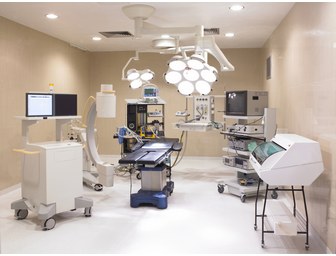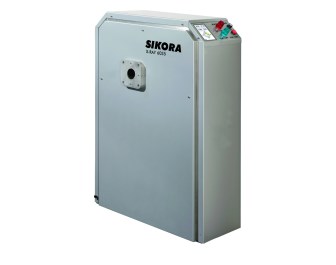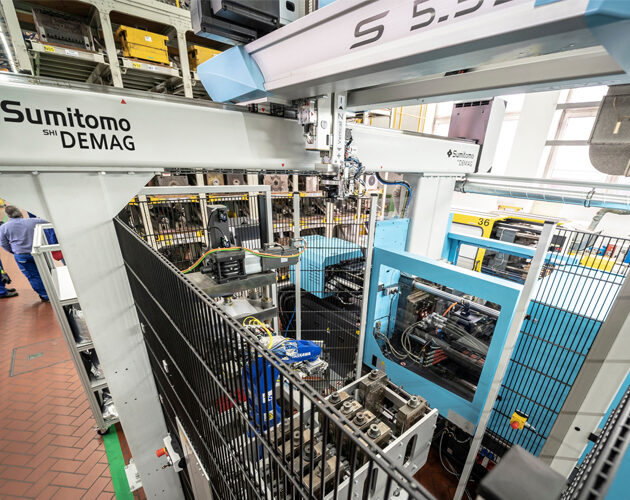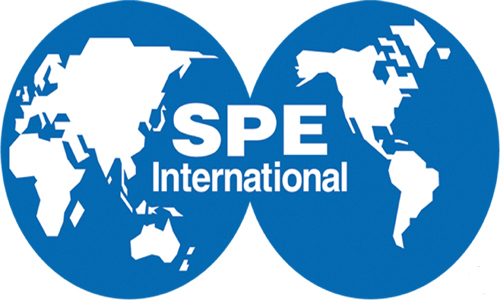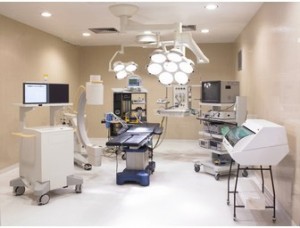
Medical device manufacturers will continue to benefit from the aging US population, while the influx of newly insured people due to the healthcare reform bill will drive up demand for industry products. During the five years to 2012, the revenue of the industry is expected to grow at an average annual rate of 1.2% to US$34.9 billion, according to industry research firm IBISWorld.
Despite the indispensable nature of medical device products, the recession took a toll on a number of companies. “As some hospitals struggled to raise capital for large assets, thus delaying the purchase of medical equipment, industry revenue plunged in 2009,” says IBISWorld industry analyst Anna Son. “However, the improving economy, the aging population and technological advances have bolstered demand for medical devices in the following years.” The industry research firm estimates that revenue grew 2.3% in 2012.
In the next five years, industry growth is forecast to continue. While the aging baby boomer population and technological advances will further underpin industry growth, a changing regulatory environment will be the main hindrance. As a result, industry profit is expected to contract through 2017. Many companies are already preparing for the effects of the new tax by reducing jobs, slashing research and development budgets and delaying expansion plans. Also, potential reform of the approval process for new devices will likely hamper innovation and encourage more companies to shift some operations overseas, the research company notes.
For the industry concentration, the industry has a medium level. Though small operators who specialize in developing technology and products for a niche area are common, major players frequently seek to expand product offerings or gain access to a particular technology byacquisition, according to Anna Son. Therefore, concentration has increased over the past five years, and the decrease in number of industry operators is expected to continue.
Emerging markets like China and Brazil will attract medical device manufacturers as US customers face more stringent Medicare reimbursement requirements and other cost-cutting pressures. Meanwhile, demand is forecast to grow in these emerging markets due to their improving economies, rapidly increasing and aging population and the prevalence of chronic disease.

